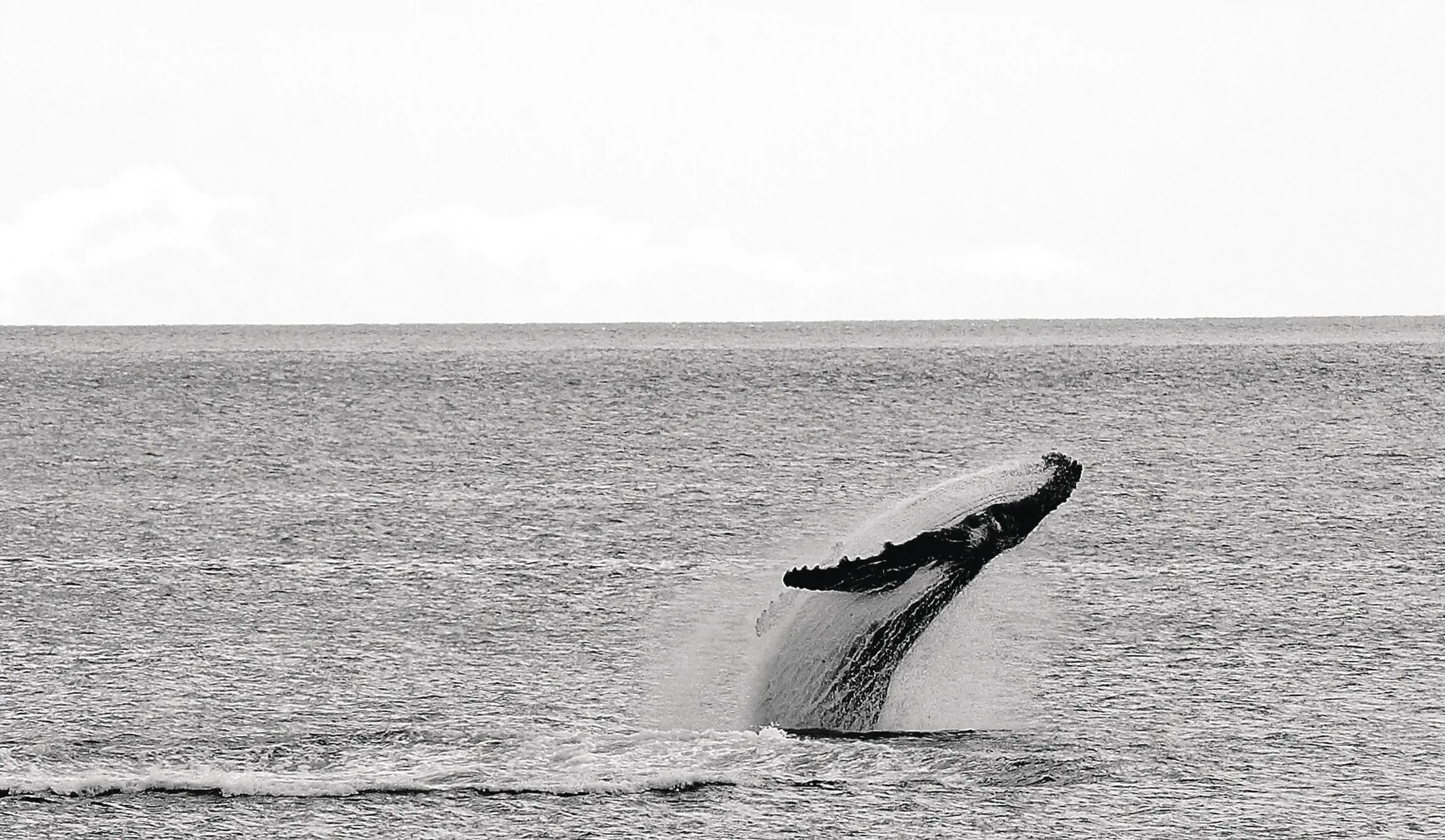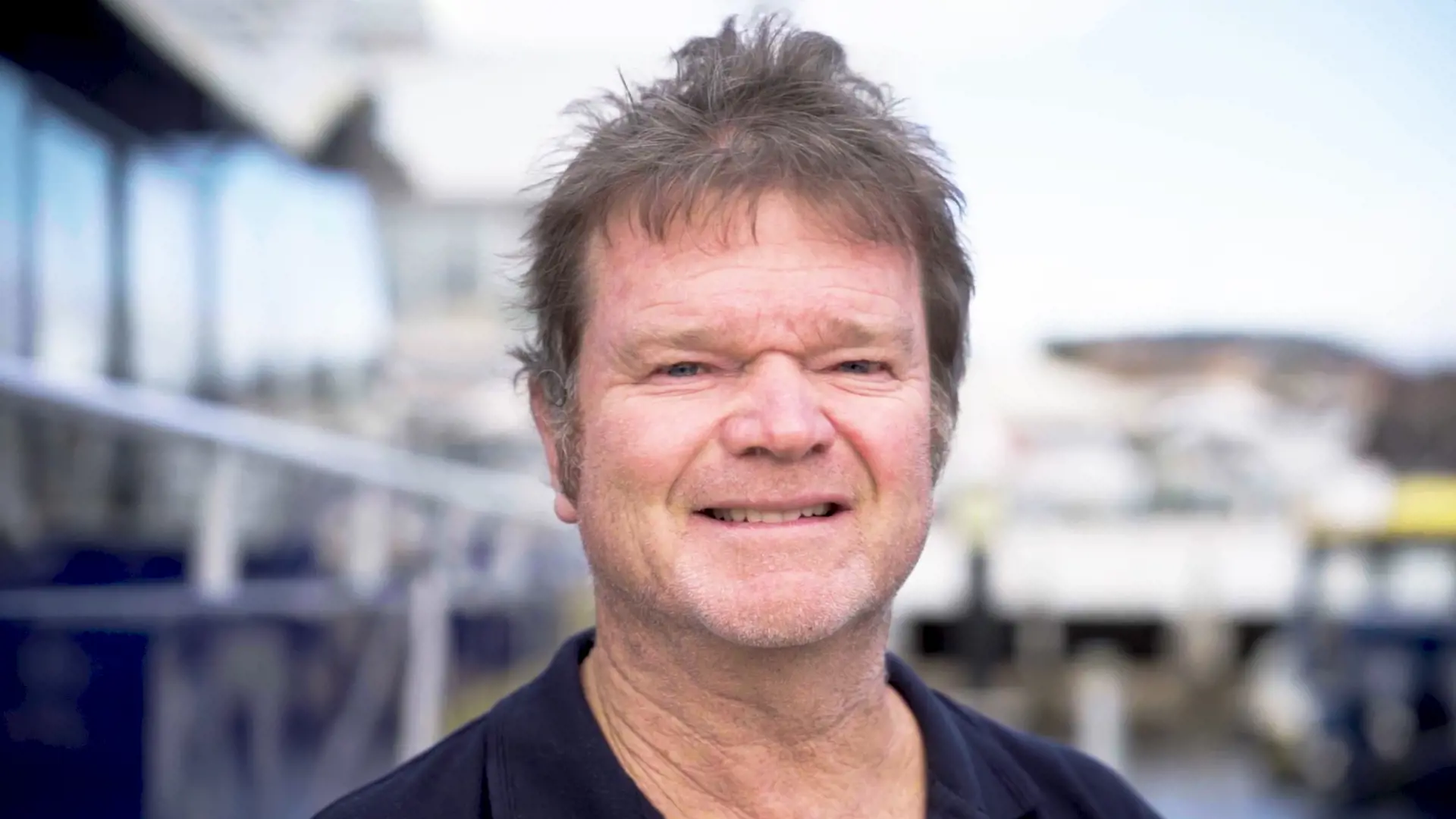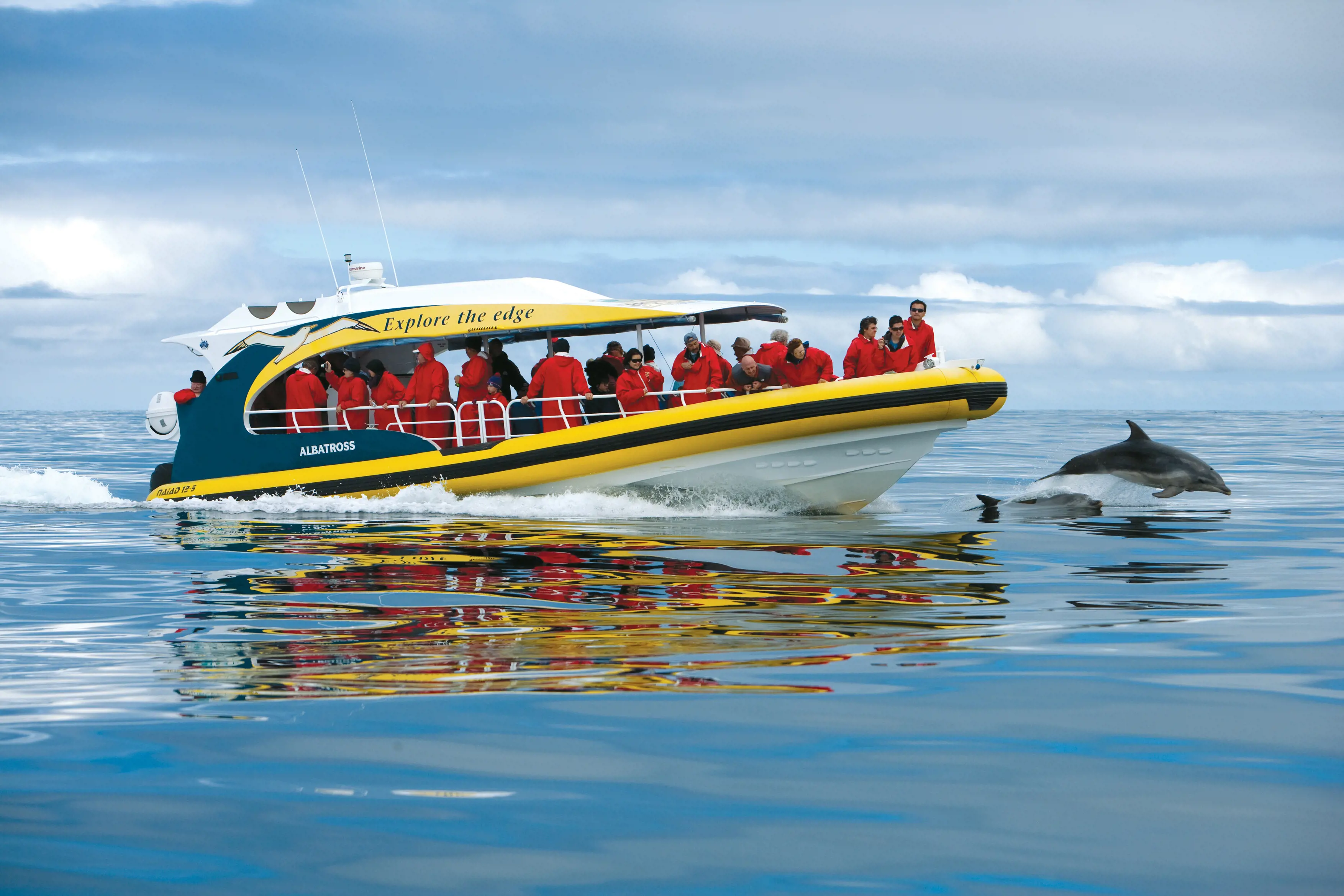
Two hundred years ago, whaling was big business in Tasmania. Whale oil from the island was used in streetlamps from Hobart to Hampstead Heath—and whales were everywhere
Hobartians joked about walking across the River Derwent on their backs, and complained about being kept awake at night by whales cavorting offshore.
But the whaling industry had a disastrous impact on whale numbers, and by 1900 it was all over.
Today, thanks largely to the International Whaling Commission’s 1986 moratorium on commercial whaling, whale numbers have bounced back. And while they might not be forming a footbridge across the River Derwent again anytime soon, visitors have a great chance of seeing whales here.
Hobart local Robert Pennicott has been sailing into whale territory for 40 years – first as a fisherman, and now with Pennicott Wilderness Journeys – his family business, running scenic cruises since 1999. He’s seen the whales make a steady return.
"Back when I was a fisherman," says Pennicott, "whales were quite a novelty. We'd only see one or two. Now, it is so common, and it's just a wonderful success story," he continues.
Just the last week we would have seen about 50 whales or so on our tours.
The main species Pennicott sees around Tasmania are humpback and southern right whales – and occasionally orcas and blue whales. "Last year we did have some orcas in the Derwent," he says, "and that is an amazing spectacle."
Whales migrate past Tasmania every year, heading north from Antarctica between May and July to have their young in warmer waters. Then from September to December, they turn around and head back south.
On the southern route, ocean currents bring the whales in close to Tasmania's east coast. "We're very fortunate being an island," says Pennicott, "so anywhere you can be lucky and see a whale. But definitely the east coast of Tasmania is a hotspot."


Pennicott says October and November are whale-watching prime time here. In good weather, he'll often see up to 10 whales a day over these spring months – particularly on his Tasman Island Cruises and Wineglass Bay Cruises.
More of a landlubber? Pennicott suggests that there are plenty of places to spy whales from dry land. "A bit of elevation is what you look for," he says. "You want to get up 100m or more so you can look out."
Pennicott's top tips for land-based viewing include Cape Tourville Lighthouse in Freycinet National Park on the east coast; Fluted Cape on Bruny Island in the south east; and some of the higher peaks around St Helens, also on the east coast. "You'll see the spout, you'll see them breaching," he says. "Southern rights come right into six, eight foot of water – so on the beaches you can be lucky and see them."
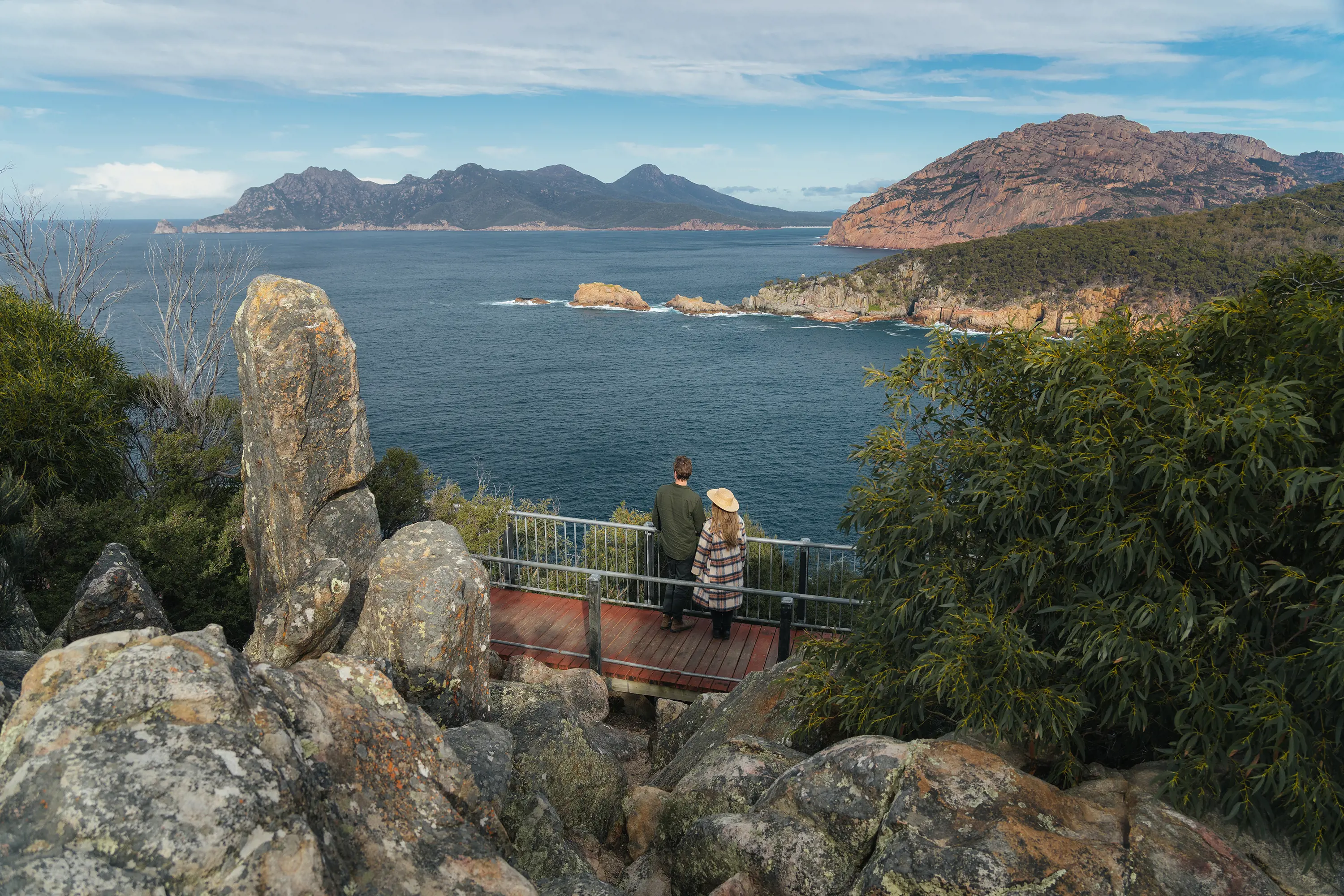
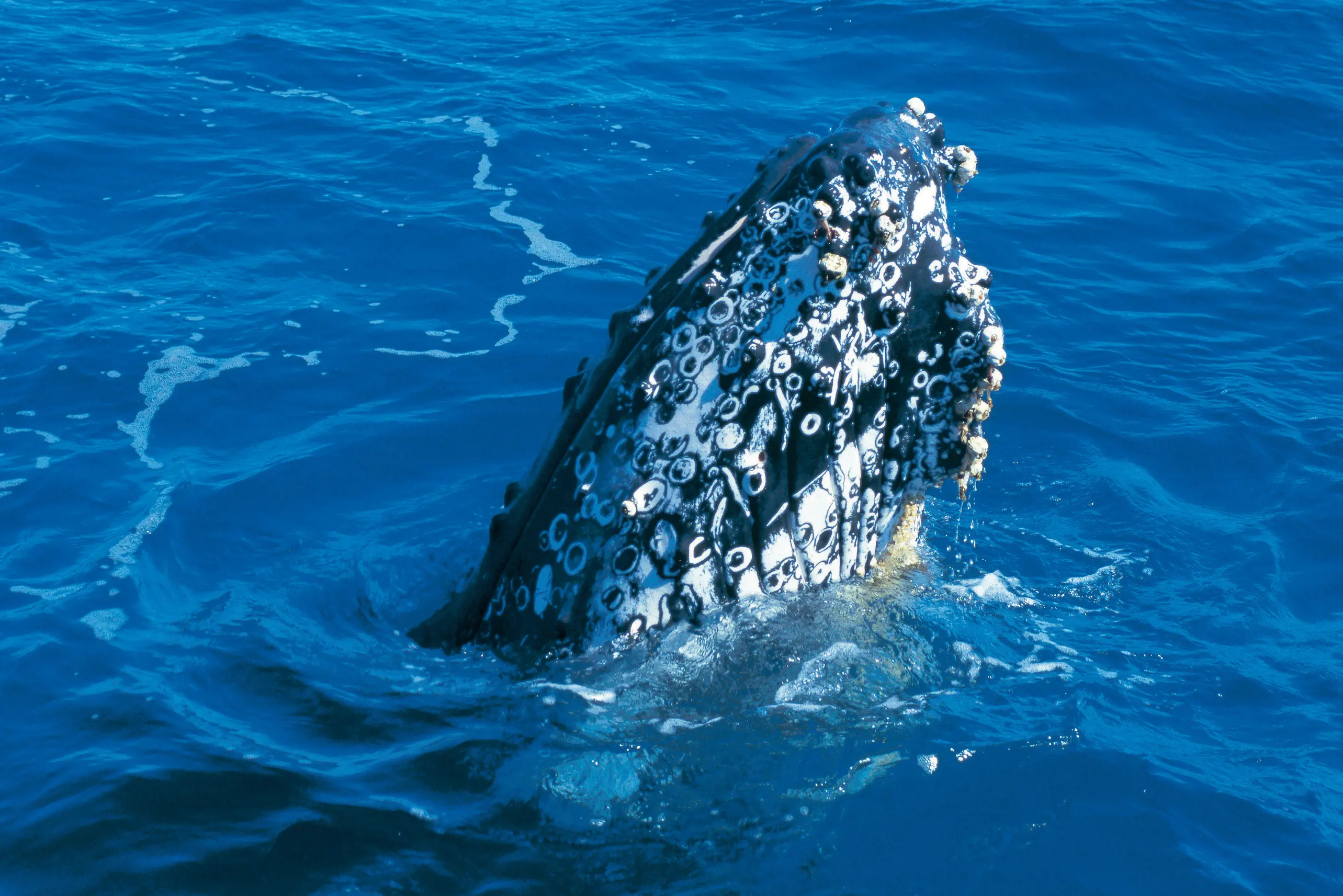
Out on the water, when Pennicott sees a whale, he stops his boat a respectful 200m away – then the whale can choose how close to the boat it wants to come.
Pennicott suggests that because there aren't many boats in Tasmania, the whales are curious.
They tend to come right up. Sometimes they come underneath the boat; sometimes right against the boat.
"For our guests," he continues, "often it's the first time they've seen a whale. And even if you see a spout at a couple of hundred metres away, it's such an awe-inspiring experience."
"But when you have a breach where they jump completely out of the water, or flapping their flukes or their tails … it is just absolutely unbelievable to watch."
It's not hard to feel Pennicott's passion when he talks about seeing the biggest mammals on Earth making a splash. "I've seen it hundreds, if not thousands of times," he says, "and it still totally blows me away."
